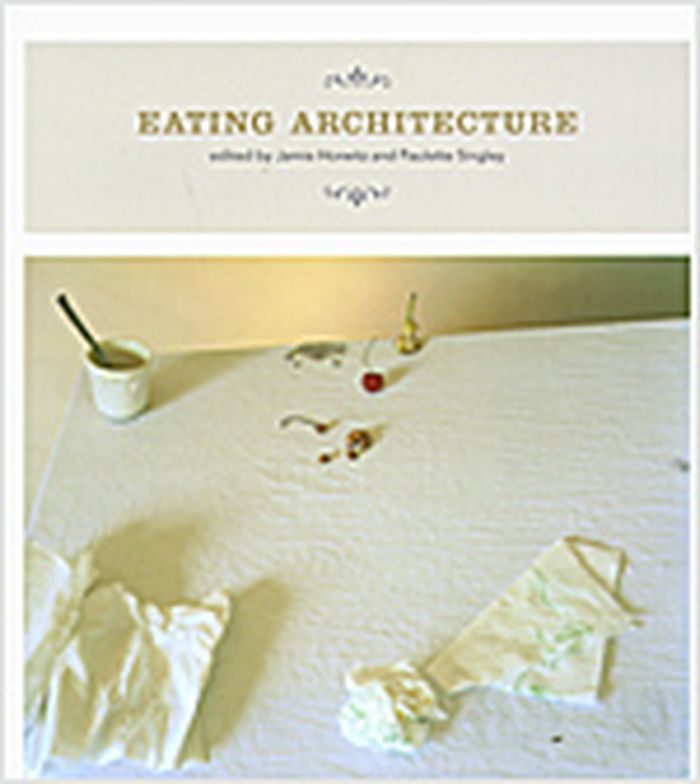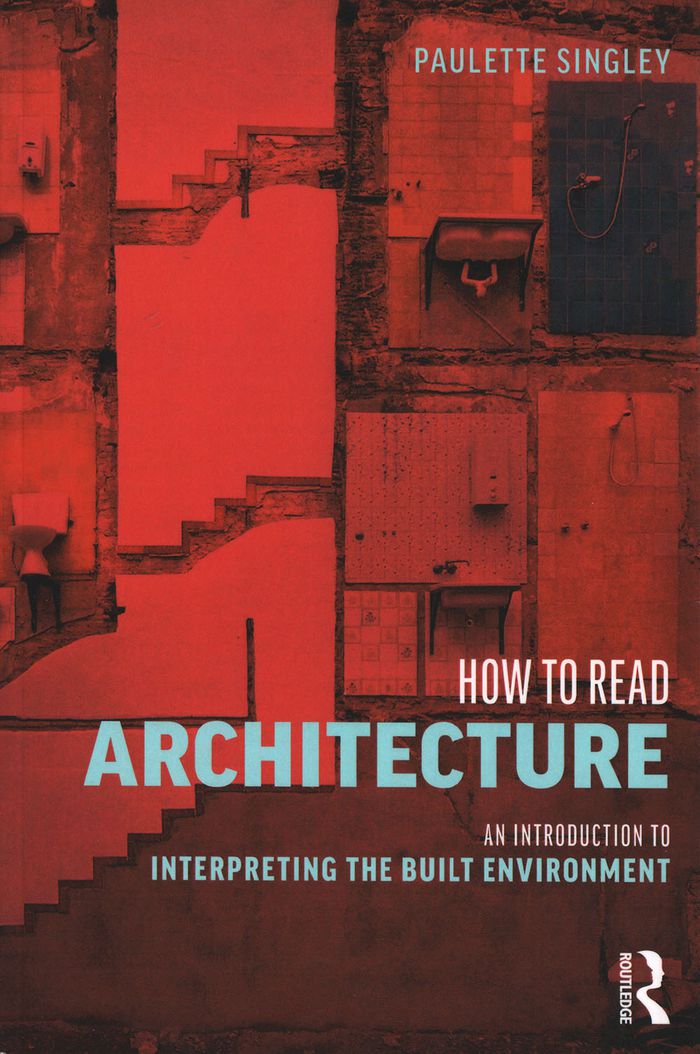Eating architecture
$39.95
(available to order)
Summary:
The contributors to this collection of essays explore the relationship between food and architecture, asking what can be learned by examining the (often metaphorical) intersection of the preparation of meals and the production of space. In a culture that includes the Food Channel and the knife-juggling chefs of Benihana, food has become not only an obsession but an(...)
Eating architecture
Actions:
Price:
$39.95
(available to order)
Summary:
The contributors to this collection of essays explore the relationship between food and architecture, asking what can be learned by examining the (often metaphorical) intersection of the preparation of meals and the production of space. In a culture that includes the Food Channel and the knife-juggling chefs of Benihana, food has become not only an obsession but an alternative art form. The nineteen essays and "Gallery of Recipes" in "Eating architecture" seize this moment to investigate how art and architecture engage issues of identity, ideology, conviviality, memory, and loss that cookery evokes. The essays are organized into four sections that lead the reader from the landscape to the kitchen, the table, and finally the mouth. The essays in "Place settings" examine the relationships between food and location that arise in culinary colonialism and the global economy of tourism. "Philosophy in the kitchen" traces the routines that create a site for aesthetic experimentation, including an examination of gingerbread houses as art, food, and architectural space. The essays in "Table rules" consider the spatial and performative aspects of eating and the ways in which shared meals are among the most perishable and preserved cultural artifacts. Finally, "Embodied taste" considers the sensual apprehension of food and what it means to consume a work of art. The "Gallery of recipes" contains images by contemporary architects on the subject of eating architecture.
books
Eating architecture
$52.00
(available to order)
Summary:
The contributors to this highly original collection of essays explore the relationship between food and architecture, asking what can be learned by examining the (often metaphorical) intersection of the preparation of meals and the production of space. In a culture that includes the Food Channel and the knife-juggling chefs of Benihana, food has become not only an(...)
Architectural Theory
May 2004, Cambridge, Mass.
Eating architecture
Actions:
Price:
$52.00
(available to order)
Summary:
The contributors to this highly original collection of essays explore the relationship between food and architecture, asking what can be learned by examining the (often metaphorical) intersection of the preparation of meals and the production of space. In a culture that includes the Food Channel and the knife-juggling chefs of Benihana, food has become not only an obsession but an alternative art form. The nineteen essays and "Gallery of Recipes" in "Eating Architecture" seize this moment to investigate how art and architecture engage issues of identity, ideology, conviviality, memory, and loss that cookery evokes. The essays are organized into four sections that lead the reader from the landscape to the kitchen, the table, and finally the mouth. The essays in "Place Settings" examine the relationships between food and location that arise in culinary colonialism and the global economy of tourism. "Philosophy in the Kitchen" traces the routines that create a site for aesthetic experimentation, including an examination of gingerbread houses as art, food, and architectural space. The essays in "Table Rules" consider the spatial and performative aspects of eating and the ways in which shared meals are among the most perishable and preserved cultural artifacts. Finally, "Embodied Taste" considers the sensual apprehension of food and what it means to consume a work of art. The "Gallery of Recipes" contains images by contemporary architects on the subject of eating architecture.
books
May 2004, Cambridge, Mass.
Architectural Theory
$63.50
(available to order)
Summary:
''How to read architecture'' is based on the fundamental premise that reading and interpreting architecture is something we already do, and that close observation matters. This book enhances this skill so that given an unfamiliar building, you will have the tools to understand it and to be inspired by it. Author Paulette Singley encourages you to misread, closely read,(...)
How to read architecture: an introduction to interpreting the the built environment
Actions:
Price:
$63.50
(available to order)
Summary:
''How to read architecture'' is based on the fundamental premise that reading and interpreting architecture is something we already do, and that close observation matters. This book enhances this skill so that given an unfamiliar building, you will have the tools to understand it and to be inspired by it. Author Paulette Singley encourages you to misread, closely read, conventionally read, and unconventionally read architecture to stimulate your creative process. This book explores three essential ways to help you understand architecture: reading a building from the outside-in, from the inside-out, and from the position of out-and-out, or formal, architecture. Using examples and case studies that span a wide range of historical and global precedents, Singley addresses the complex interaction among the ways a building engages its context, addresses its performative exigencies, and operates as an autonomous aesthetic object.
Architectural Theory

